Milestones
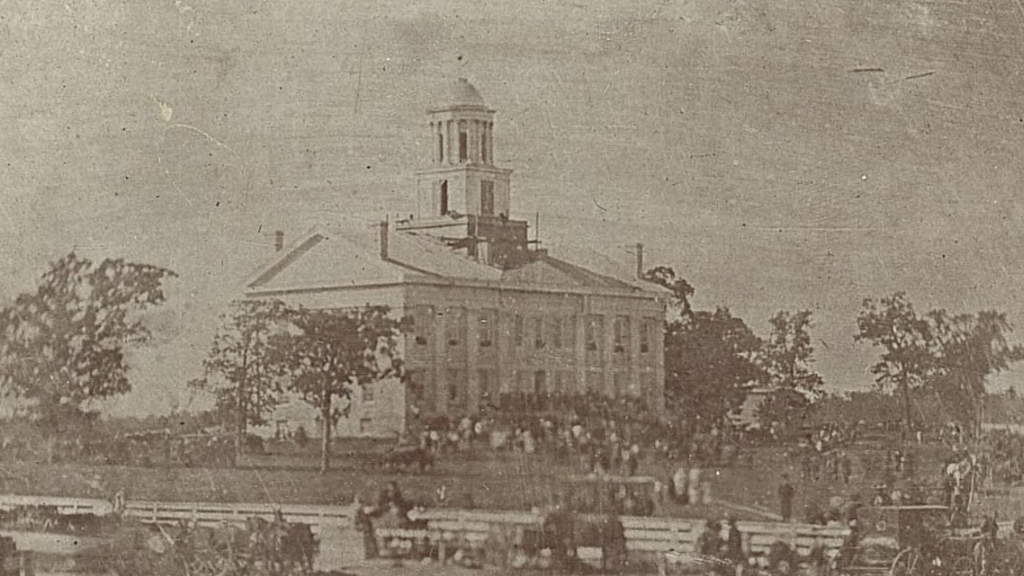
Founding of the University of Iowa
1847The State University of Iowa is established on February 25, 1847—59 days after Iowa became a state—as the second official act of the General Assembly of Iowa. Inside what is now known as “Old Capitol,” Iowa lawmakers declare that the fledgling school will serve as the state’s institution of higher learning, one that will provide the state its future doctors, lawyers, and other professionals.
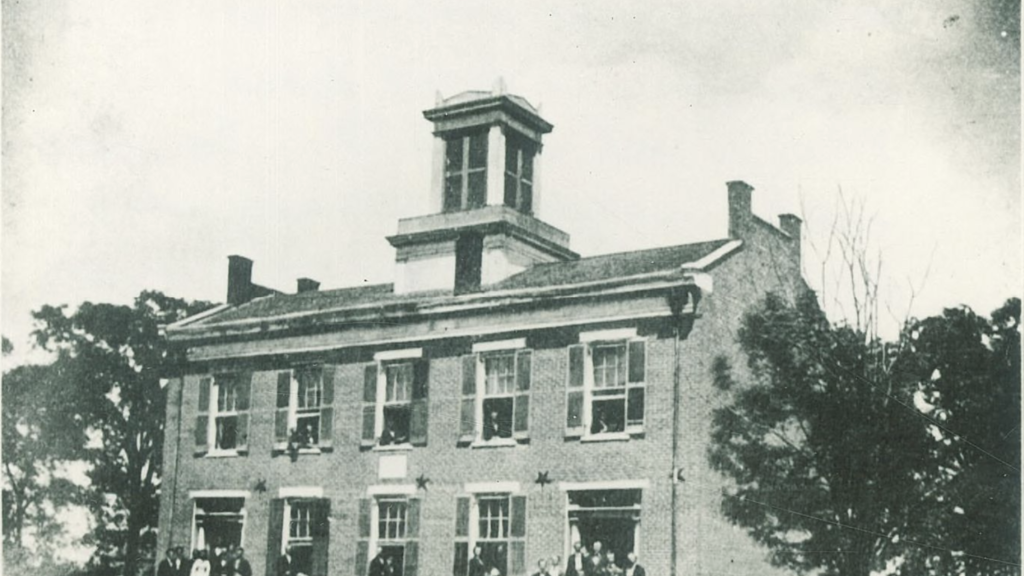
Instruction begins at Iowa
1855The first faculty offers instruction at the university in March 1855 to students in the old Mechanics Academy building, situated where Seashore Hall stood until 2021. In September 1855, the student body numbers 124, of which 41 are women.
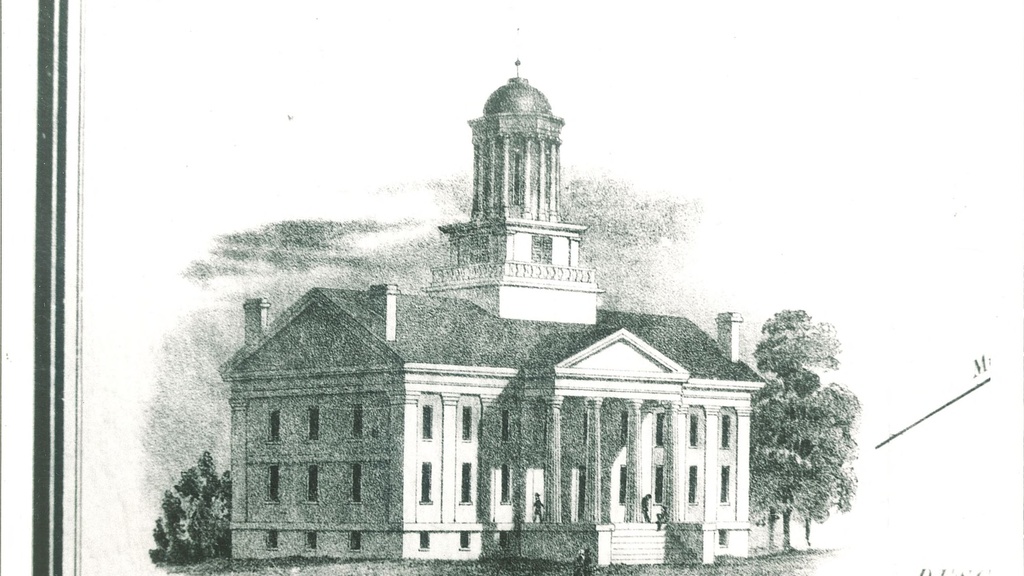
First coed public university
1860The University of Iowa becomes the first state institution of higher learning to admit women and men on an equal basis.
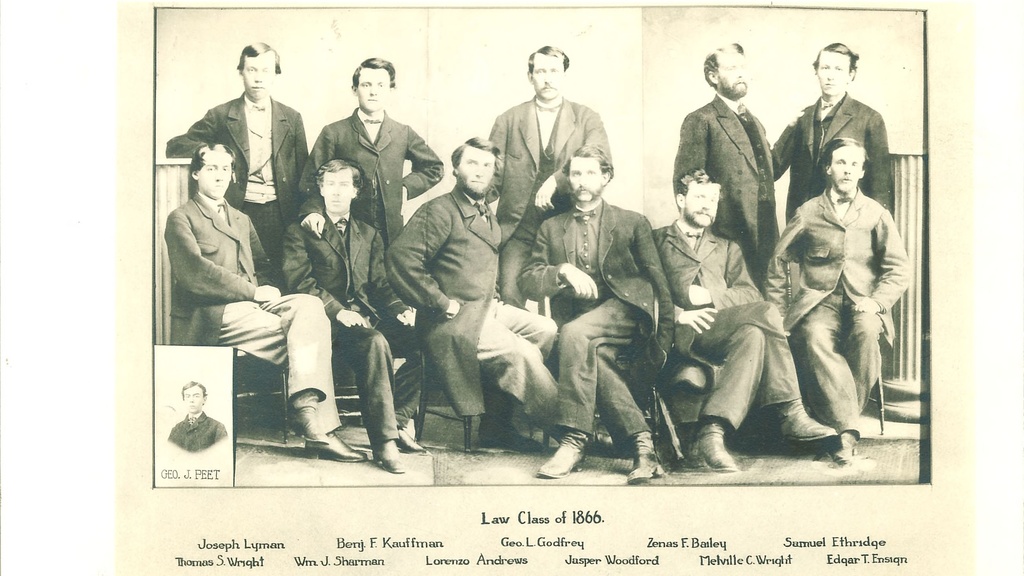
The oldest law school in the West
1865In the wake of the Civil War, Iowa Supreme Court Justices George W. Wright and Chester Cole found what is now considered the oldest law school west of the Mississippi.
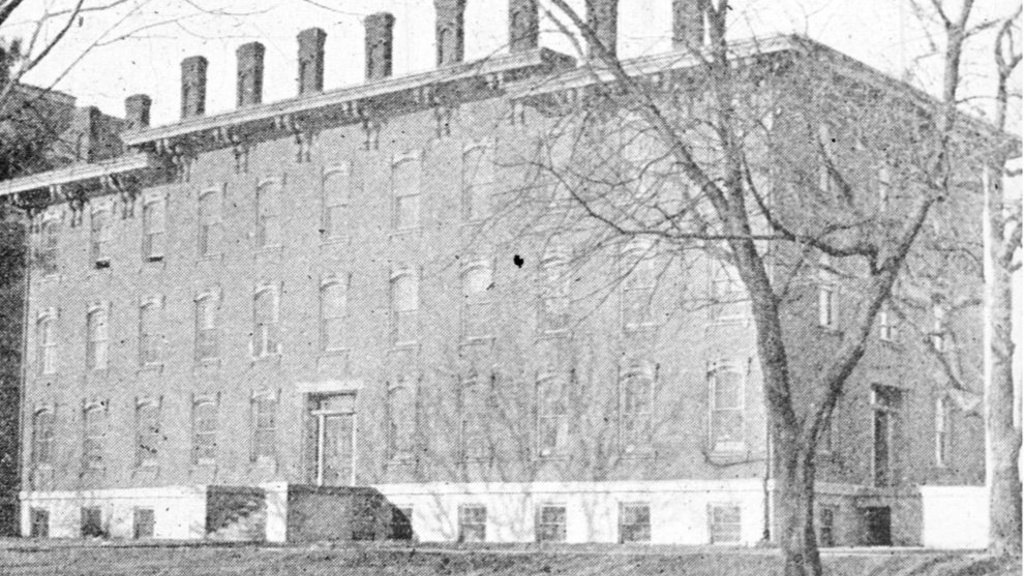
One of the first co-educational medical schools
1870The Medical Department holds its first classes, with 37 total students and 8 women in the first class of students, making Iowa one of the first coeducational medical schools in the nation.
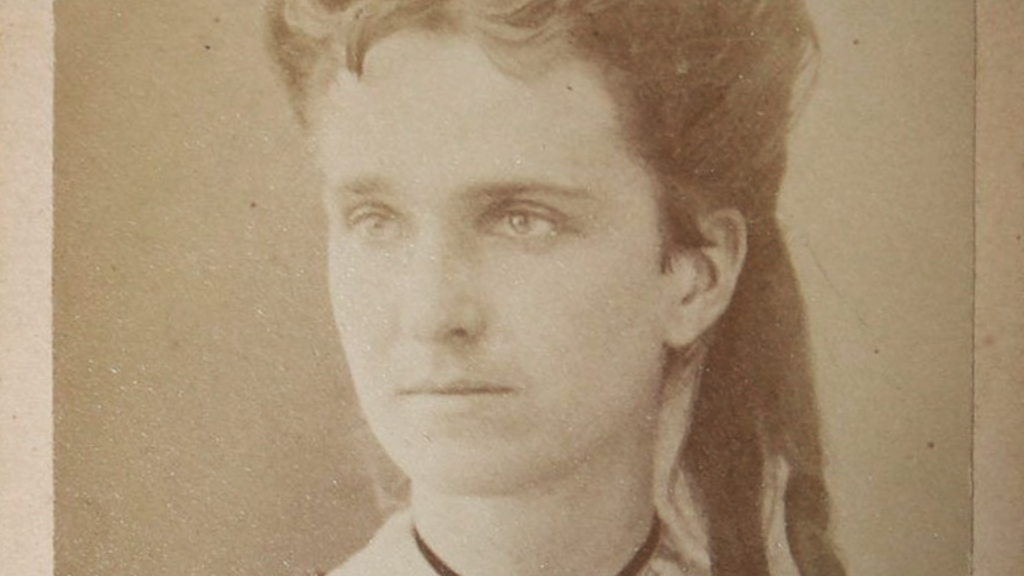
Blazing new trails in law
1873Mary Hickey Wilkinson, one of the first women in the U.S. to receive a law degree, graduates from the College of Law.
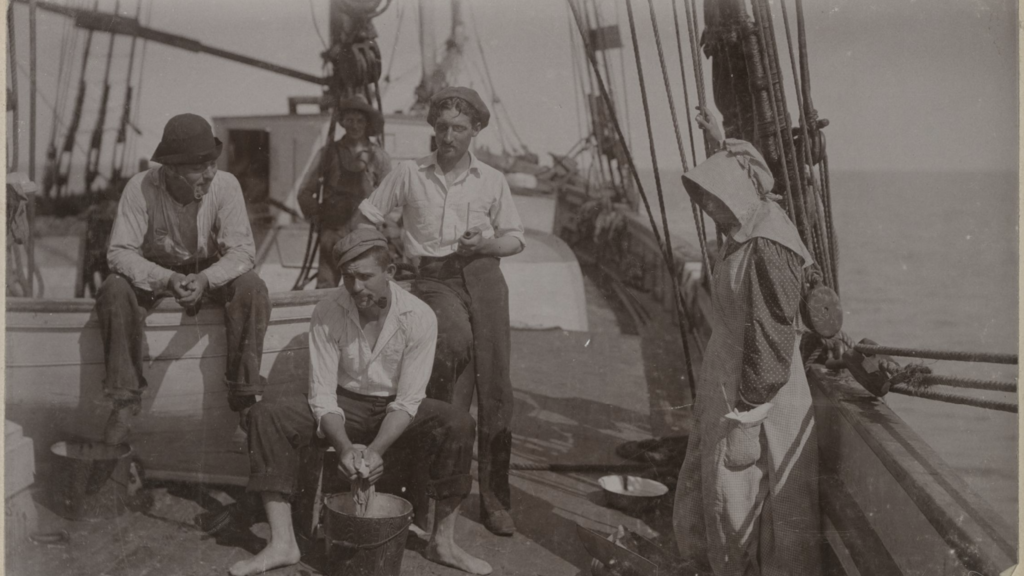
Scientific expeditions
1890sIowa's program in the natural sciences gains national prominence, with large numbers of students attracted by innovative faculty and the chance to work in the field as well as the classroom. Expeditions led by Iowa faculty take students to the Laysan Islands, the Rocky Mountains, the Arctic, and the Bahamas.
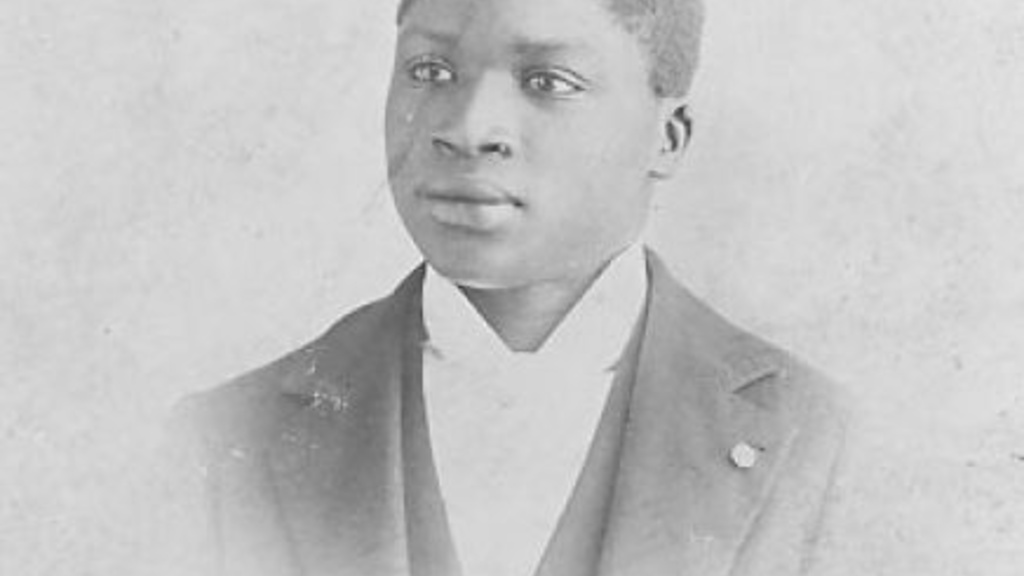
Breaking barriers on the field
1895University of Iowa student Frank K. Holbrook becomes the first African American to play on a varsity football squad for a public university.
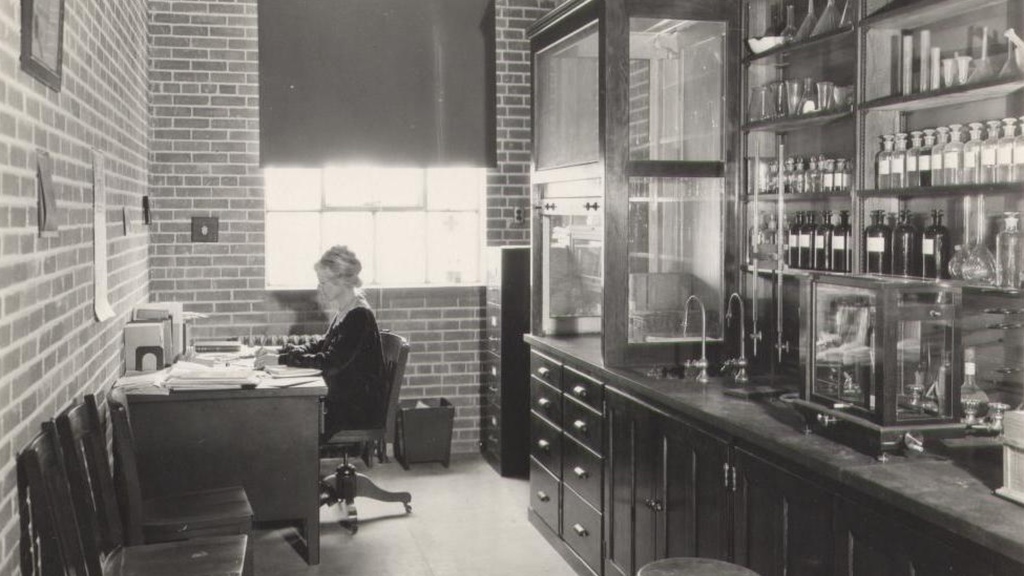
Forging ahead in pharmacy
1897In 1897, Zada Mary Cooper graduated from the UI College of Pharmacy and immediately joined the faculty, becoming the first-known female pharmacy faculty member in the country. Hailed as the “Grand and Glorious Lady of Pharmacy,” she helped establish the women’s section of the American Pharmaceutical Association (APhA); Kappa Epsilon, a nationwide sorority for women pharmacists; and Rho Chi, an honor society for pharmacists.
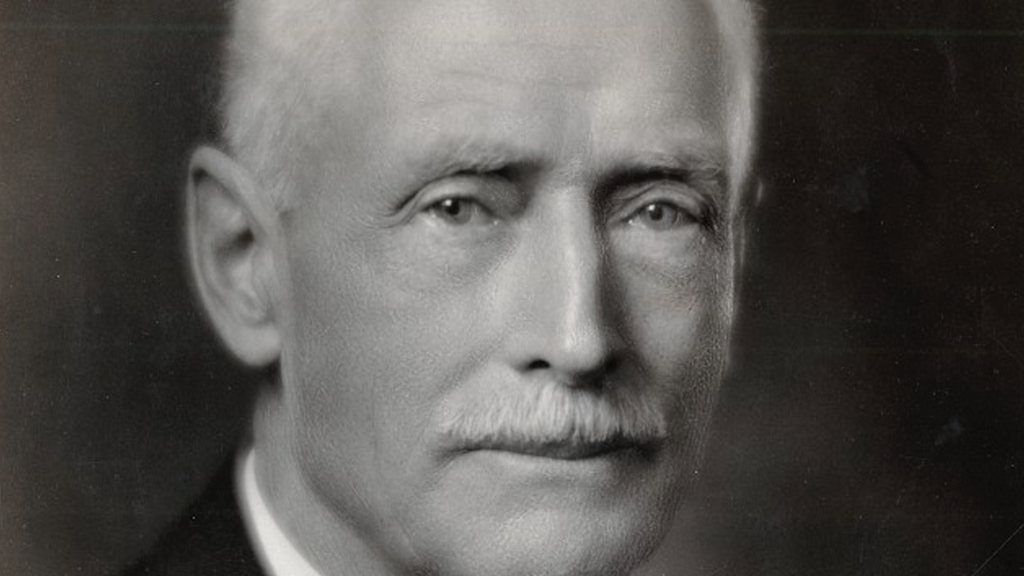
Bridging science and art
1897Carl E. Seashore begins his pioneering work at the University of Iowa in the areas of fields of speech–language pathology, music education, and the psychology of music and art.
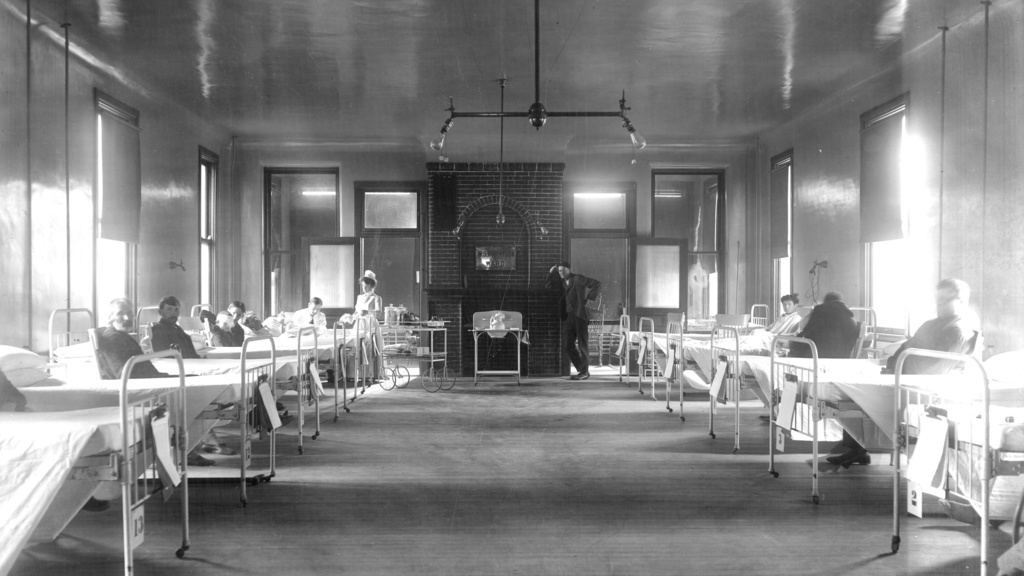
One of the first university teaching hospitals
1899University of Iowa Hospitals and Clinics opens—the first university-based teaching hospital west of the Mississippi. Eventually it will be the largest such university-owned institution in America.
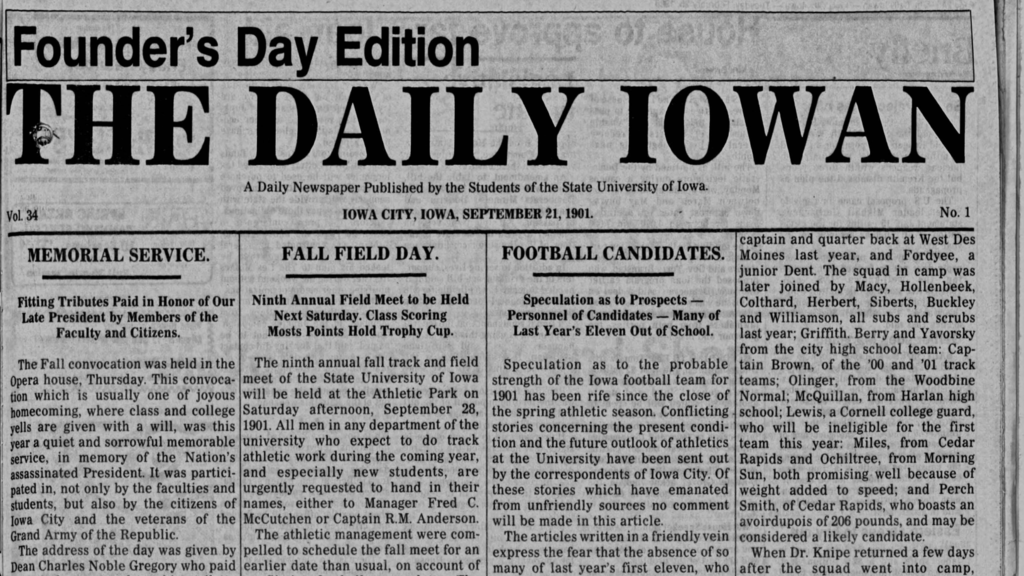
The Daily Iowan is born
1901Two student publications, the Vidette-Reporter and the SUI Quill, merge to become The Daily Iowan, the first daily campus newspaper west of the Mississippi.
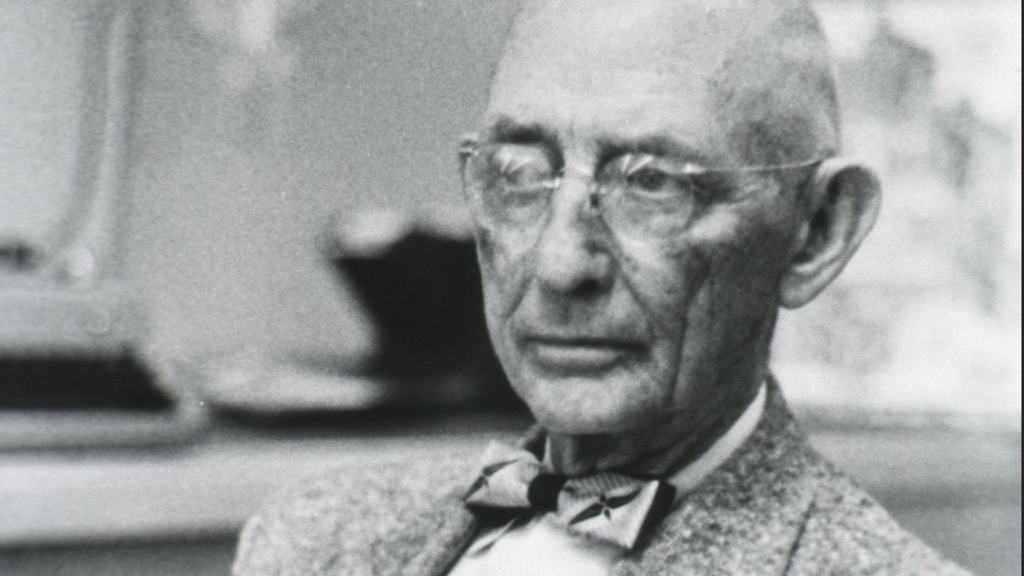
Early leaders in brain science
1919Iowa establishes a separate Department of Neurology with Clarence Van Epps as the first professor and head. It will be the oldest continuing program west of the Mississippi.

A century of hydroscience
1920The University of Iowa establishes its first Hydraulics Lab, which will eventually develop into an internationally renowned institute, IIHR–Hydroscience & Engineering, a preeminent center for the study of all things fluid.
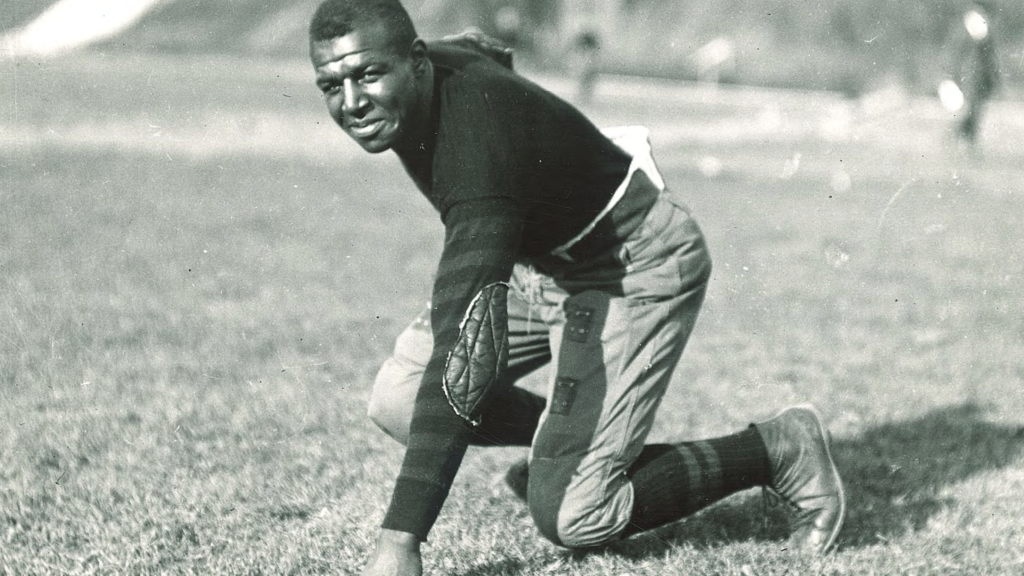
A Hawkeye trailblazer on and off the field
1921Hawkeye All-American tackle Duke Slater leads Iowa to an undefeated 7–0 season as Big Ten champions. Slater would go on to play in the NFL for 10 years, would receive both his undergraduate and law degree from Iowa, and would be the first Black judge to serve on the Circuit Court of Chicago.
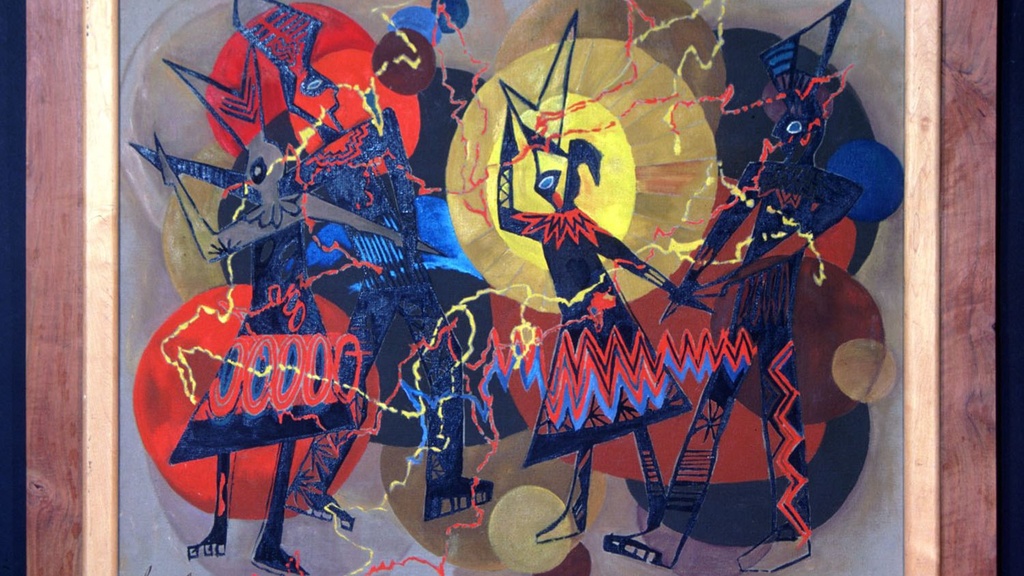
Elevating art in the academy
1924After the university’s pioneering decision in 1922 to accept creative work in lieu of academic theses from graduate students in the arts, Eve Drewelowe earns Iowa’s first Master of Studio Arts.
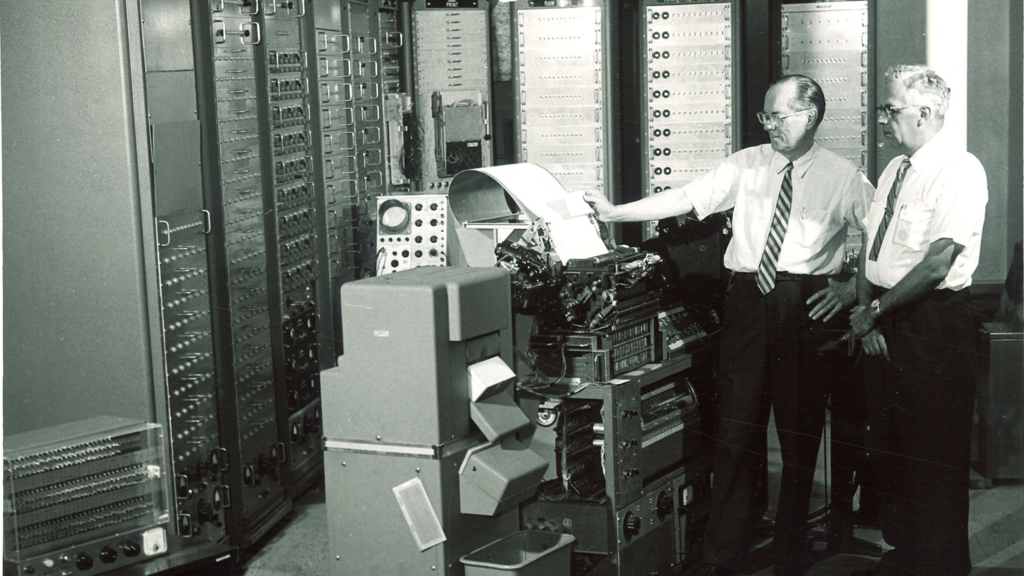
The birthplace of educational testing
1929E. F. Lindquist, educational leader, scholar, inventor, and teacher, creates the Iowa Academic Meet, the impetus for the development of the world-renowned Iowa Testing Programs.
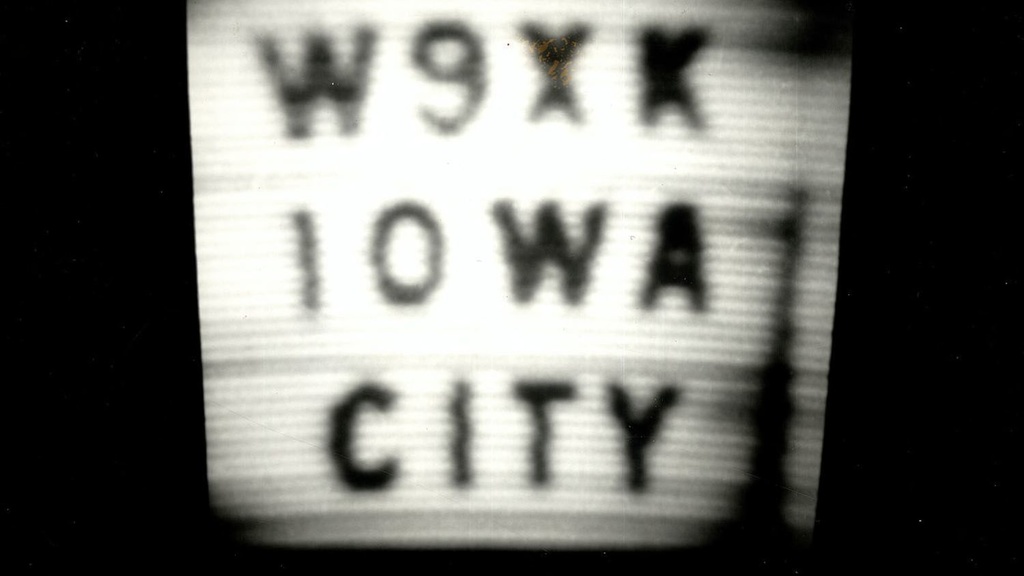
First in educational television
1932The world’s first educational television station began broadcasting from a basement room in the Engineering Building. For seven years, W9XK transmitted the video signal of programs on a regular basis, with the audio portion of the broadcasts provided by university radio station WSUI. Station officials received letters from viewers as far as 500 miles away.
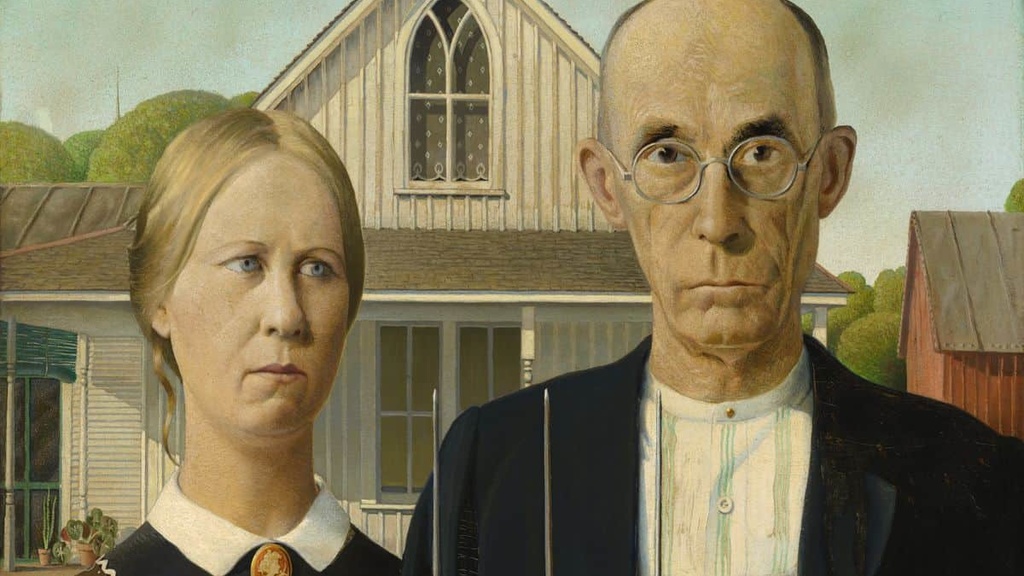
Grant Wood joins the Iowa faculty
1934Artist Grant Wood joins the faculty of the Department of Graphic and Plastic Arts, just four years after painting American Gothic.
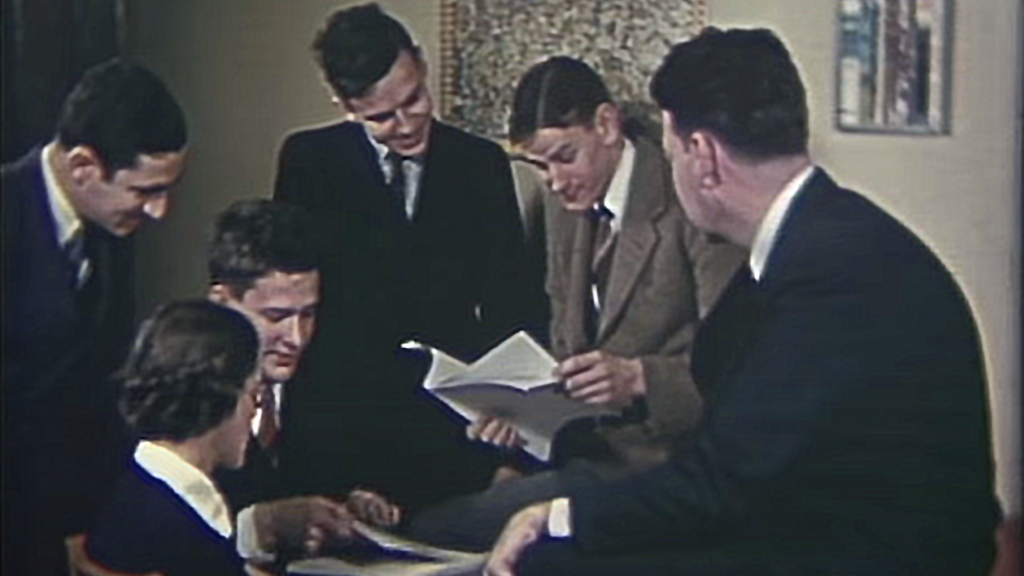
The model for creative writing programs
1936America’s first university-sponsored program in creative writing, the Iowa Writers’ Workshop, is established. It will become the model for more than 300 writing programs, many of which were founded by Workshop alumni. Faculty and graduates of the Iowa Writers’ Workshop are a who’s who in American literature and associated with more than 40 Pulitzer Prizes.
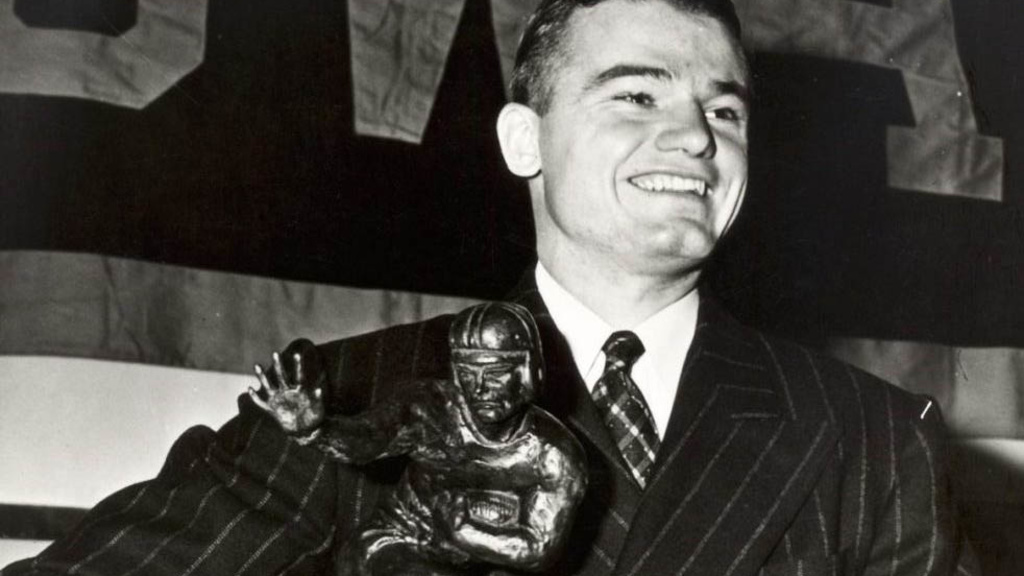
Kinnick leads the Ironmen on a legendary run
1939All-American Nile C. Kinnick leads the Iowa Hawkeye football team known as “the Ironmen” on a thrilling season and is awarded the Heisman Trophy as the nation’s outstanding player in college football.
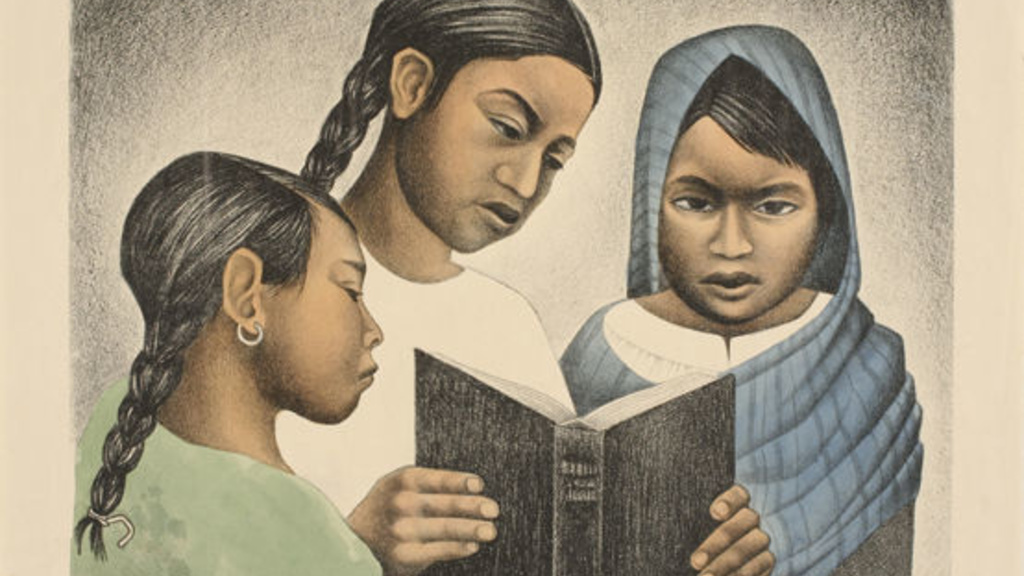
Iowa awards the first MFAs
1940The nation’s first Masters of Fine Arts were awarded to three students: (Alice) Elizabeth Catlett Mora, Jewel Peterson, and Harry Edward Stinson. Catlett Mora was also the first African American woman to receive the MFA.
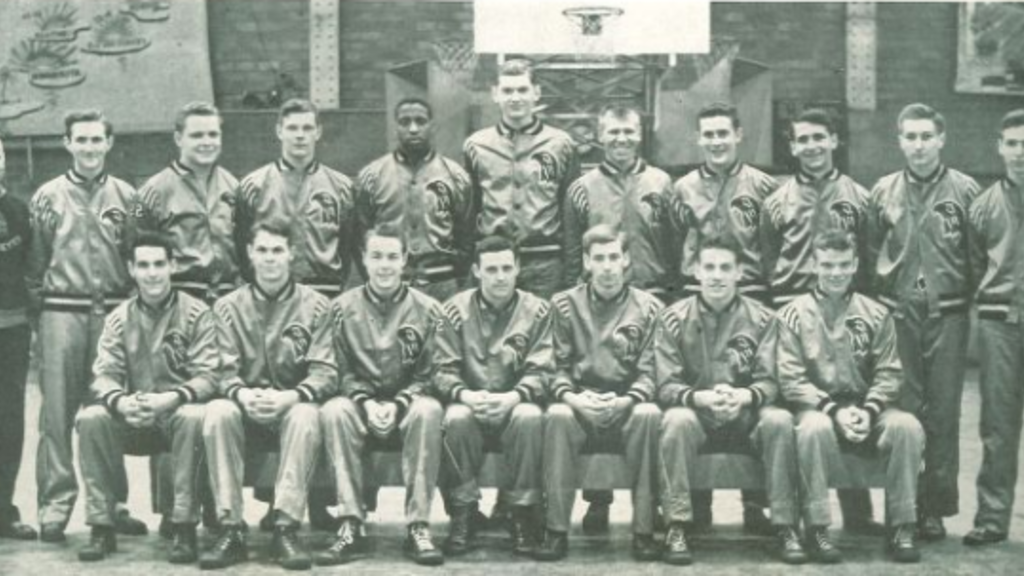
First African-American basketball player in the Big Ten
1944Iowa’s Dick Culberson is the first African American to see varsity action in a Big Ten basketball game on Dec. 9, 1944, scoring 11 points in a victory over Western Illinois.
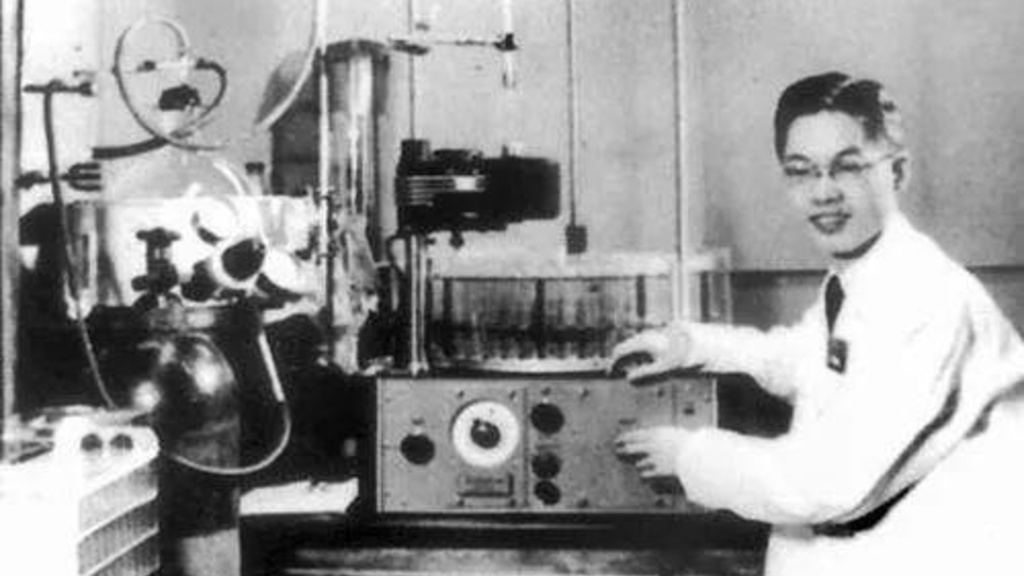
The father of Chinese nuclear medicine
1949Wang Shizhen obtains a master’s degree in chemistry in 1948 and a doctorate in 1949 from the University of Iowa. Wang will eventually be highly regarded for his academic accomplishments and known in his home country as “the father of Chinese nuclear medicine."
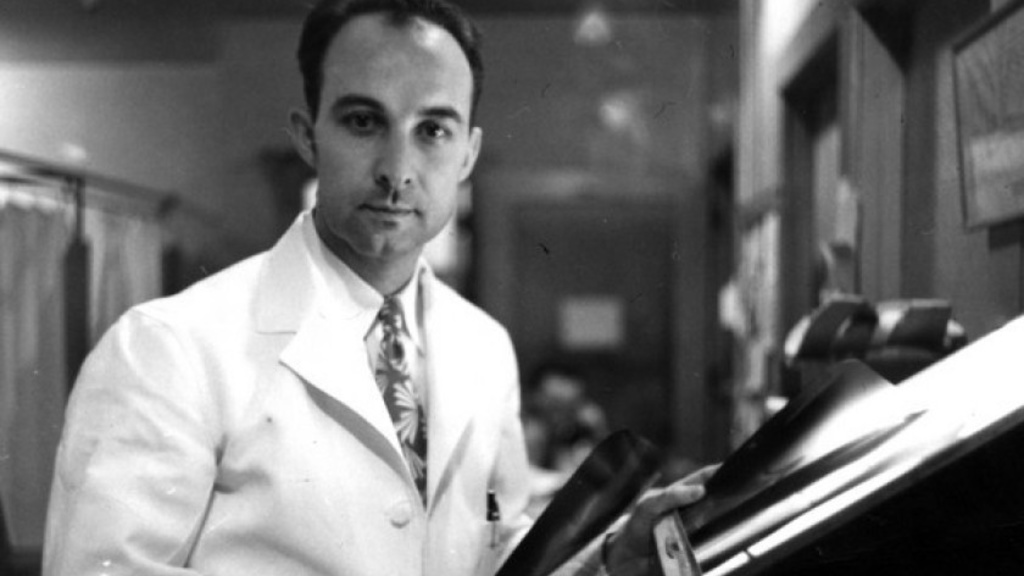
Ponseti revolutionizes clubfoot treatment
1950Ignacio Ponseti, MD, is appointed to direct the clubfoot clinic, where he develops the nonsurgical technique that will become the gold standard for treatment and known as the Ponseti Method.
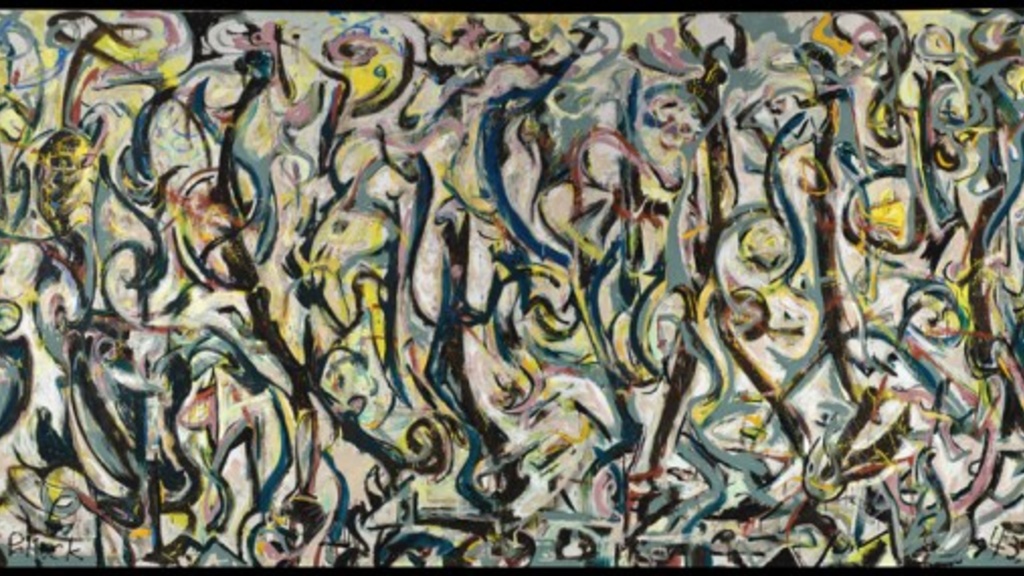
Iowa lands a modern masterpiece
1951Peggy Guggenheim donates Jackson Pollock’s landmark work of abstract expressionism Mural (1943) to the University of Iowa, where it will eventually reside with the Stanley Museum of Art.
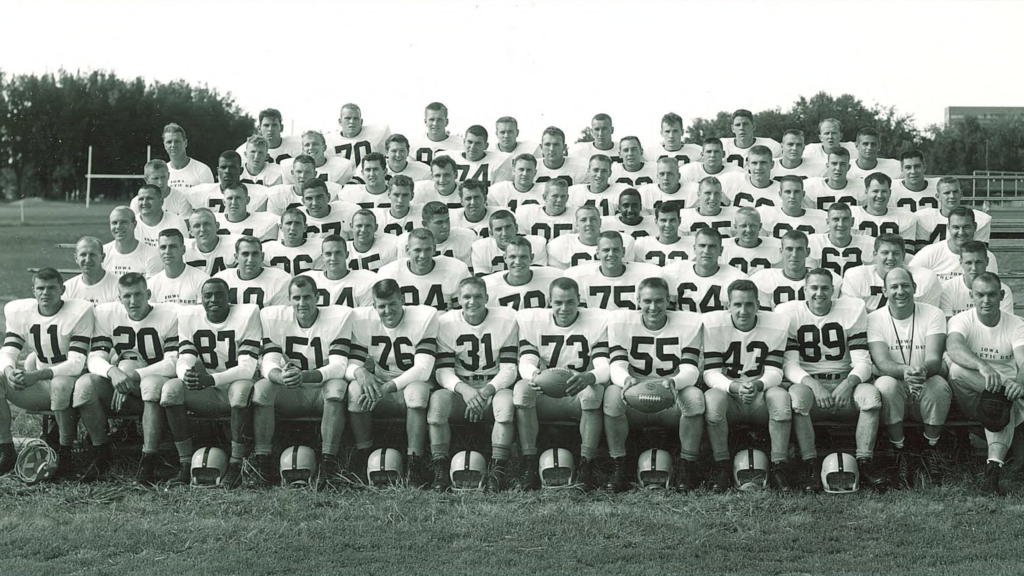
Evy leads the Hawkeyes to new heights
1957Coach Forest Evashevski leads the Hawkeye football team to Iowa’s first Rose Bowl game, where the Hawkeyes defeat the No. 10 Oregon State Beavers of the Pacific Coast Conference by a score of 35–19.
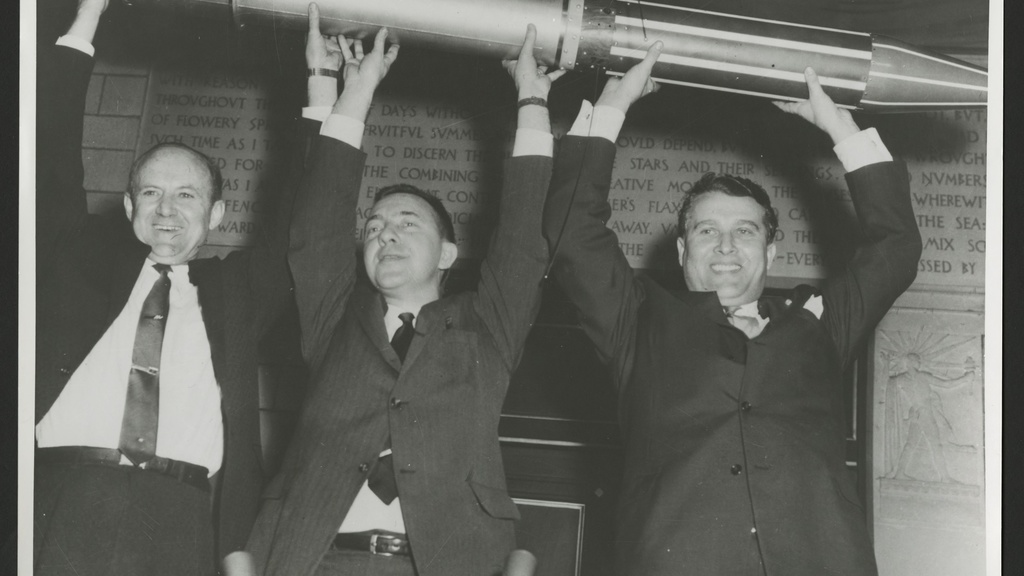
Pioneers in space science
1958Using data from America’s first earth satellite, Explorer 1, UI physics professor James A. Van Allen discovers belts of radiation surrounding the earth, a phenomenon that eventually will be called the Van Allen belts. The cosmic ray instruments aboard Explorer I are the first of many that the university will provide for U.S. satellites, rockets, and probes and will propel America’s entry into the space race.
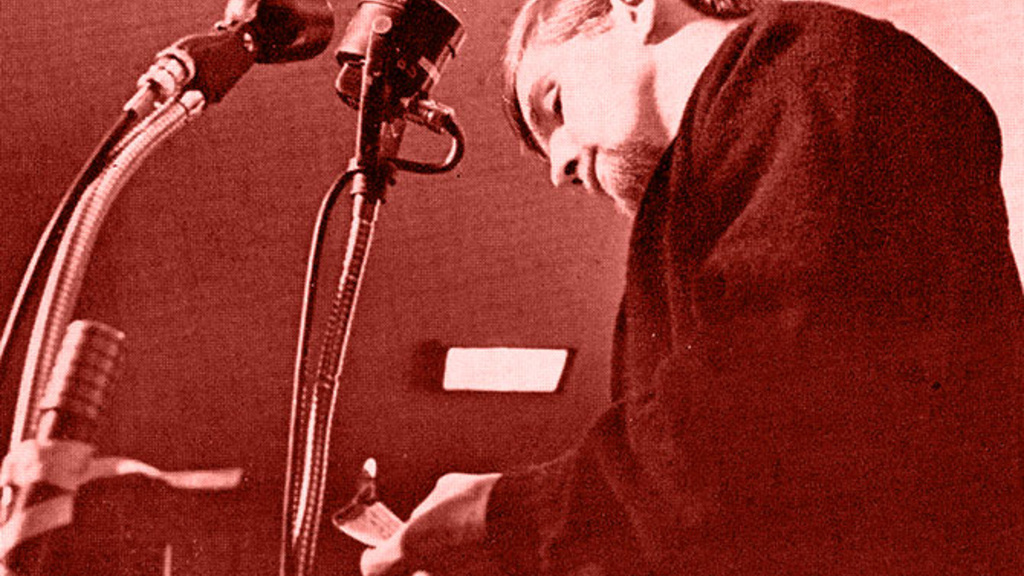
Draft protest sparks era of campus activism
1965In defiance of a recently passed federal law, UI student Steve Smith burns his draft card during “Soapbox Sound Off” in the Iowa Memorial Union on October 20, a pivotal moment in the campus protest era both nationwide and at the University of Iowa.
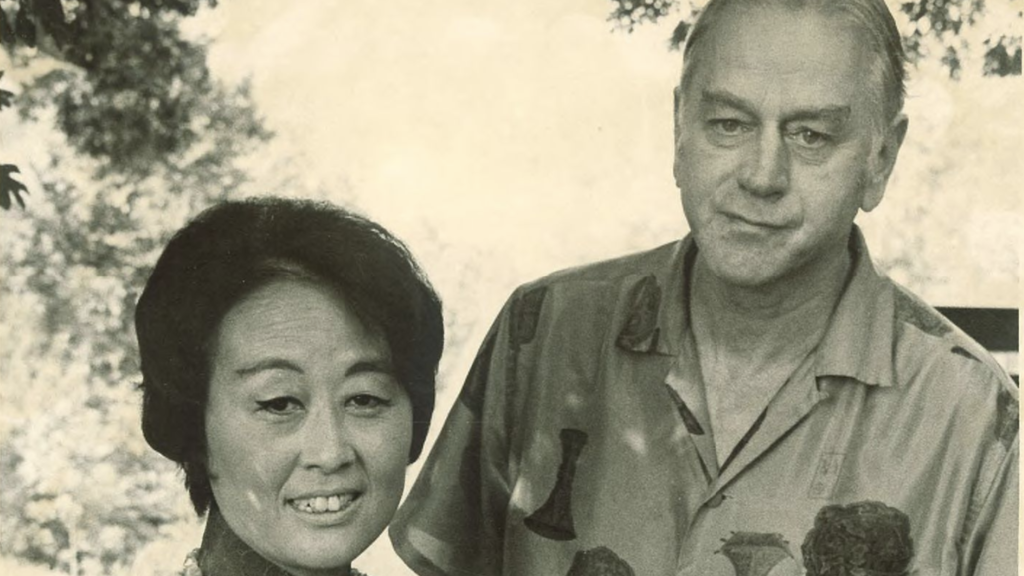
Bringing the world to Iowa
1967Paul and Hualing Nieh Engle bring 27 writers from 18 countries to Iowa City as they found the International Writing Program, the first and only program of its kind in the world. For their efforts to build international connections through literature, they will be nominated for the Nobel Peace Prize in 1976.
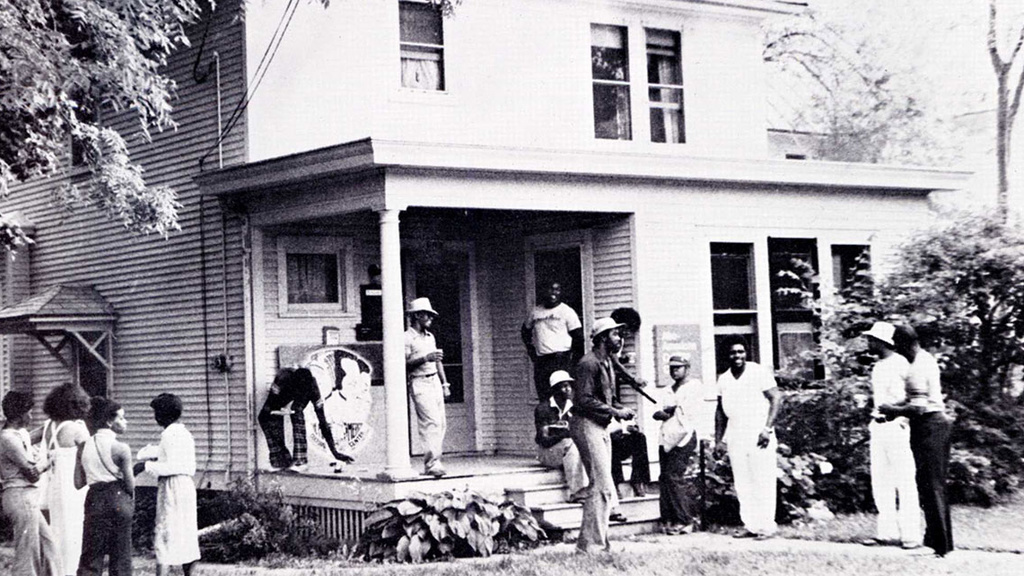
UI establishes African American Cultural Center
1968In the spring of this tumultuous year, the university’s Committee on Human Rights recommends establishment of an Afro-American Cultural Center. During Homecoming weekend, Oct. 11–12, 1968, the center opens in a house at the corner of North Capitol and Market streets that had been purchased by the university. In 1976, the center moves to its present-day location at 303 Melrose Ave.
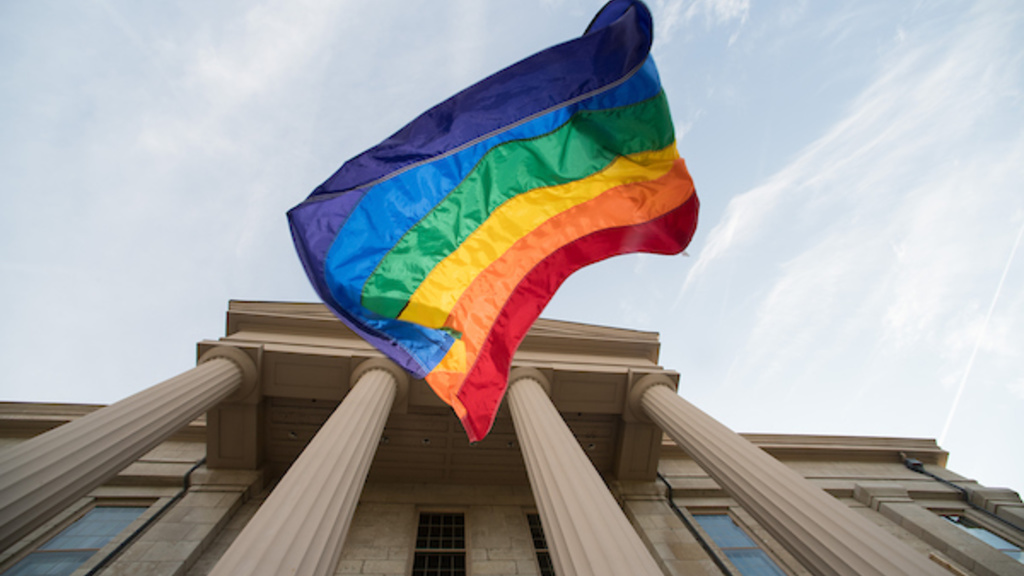
Creating an inclusive community
1970The UI’s Gay Liberation Front was the first LGBT student organization in the U.S. to receive official university recognition.
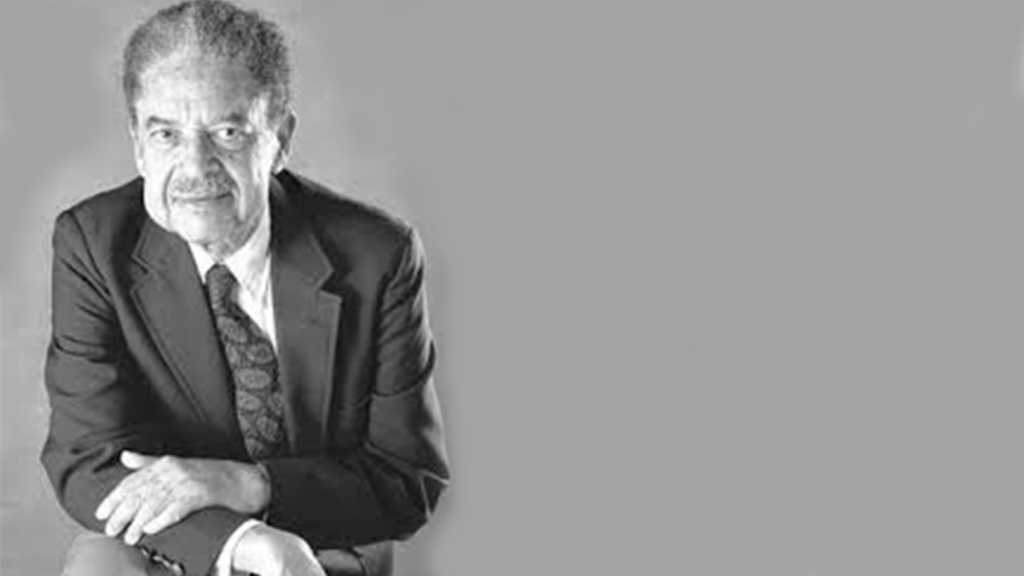
First African American vice president in the Big Ten
1971Philip Hubbard becomes the first African American vice president at any Big Ten university when he is named the UI’s vice president for student services.

Hancher brings the performing arts to Iowa
1972Hancher Auditorium, a performing arts center that will gain national stature, opens to wide acclaim.
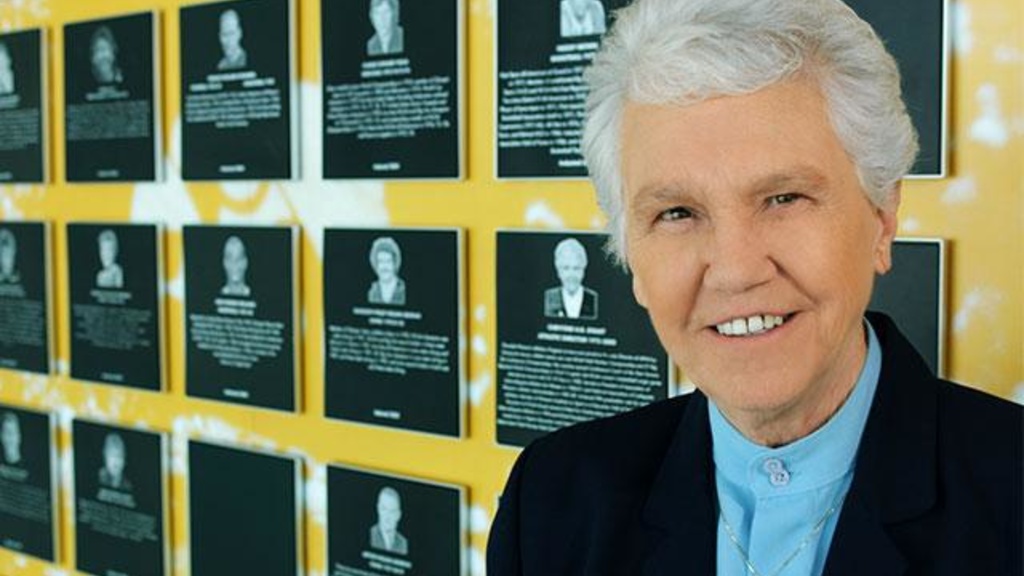
Christine Grant hired to lead women's athletics
1973Iowa graduate Christine Grant begins her tenure as the first and only athletic director of the Department of Women’s Athletics, holding the position until her retirement in 2000. She will hold numerous leadership positions as an advocate of gender equity in sports, serve as the president of the Association for Intercollegiate Athletics for Women, testify as an expert witness and advisor in Title IX lawsuits, and receive numerous awards and honors.
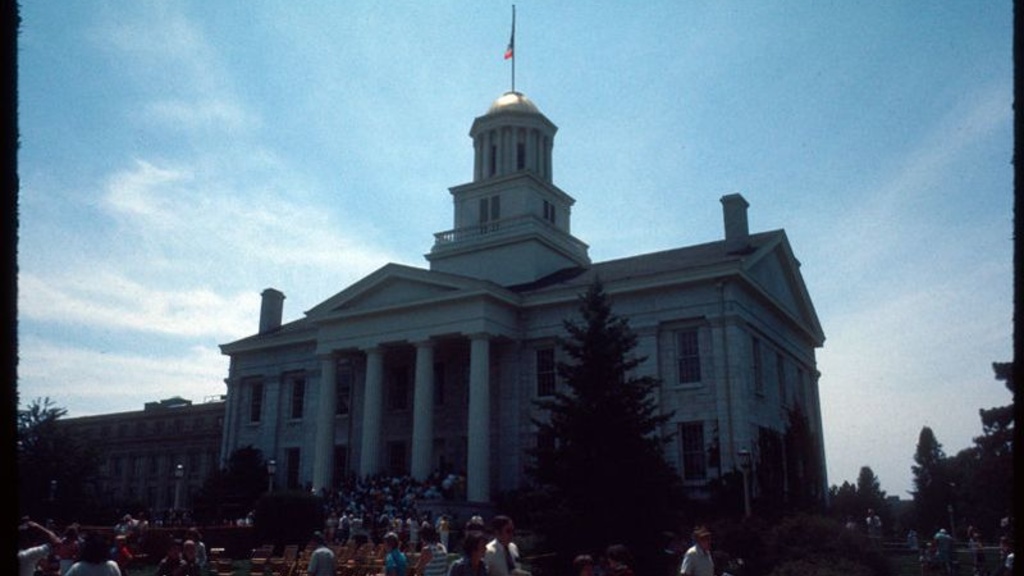
The Old Capitol is restored
1976Old Capitol reopens to the public following a six-year effort to restore the building to its original appearance as the first permanent seat of Iowa’s territorial and state governments.
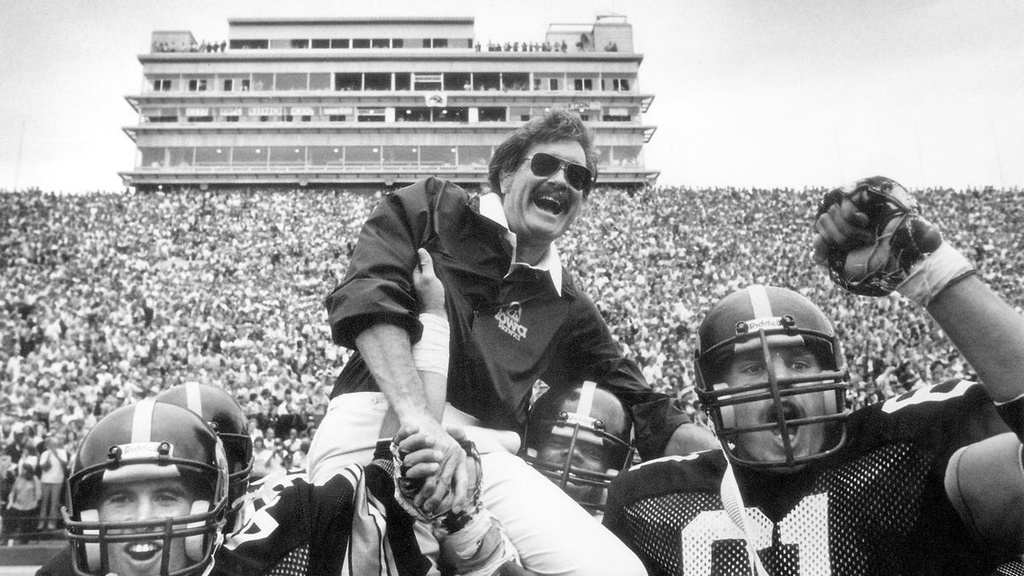
The Hawkeyes return to Pasadena
1981Hayden Fry delivers Iowa’s first winning football season in 20 years, culminating in the Hawkeyes’ first trip to the Rose Bowl since 1958.
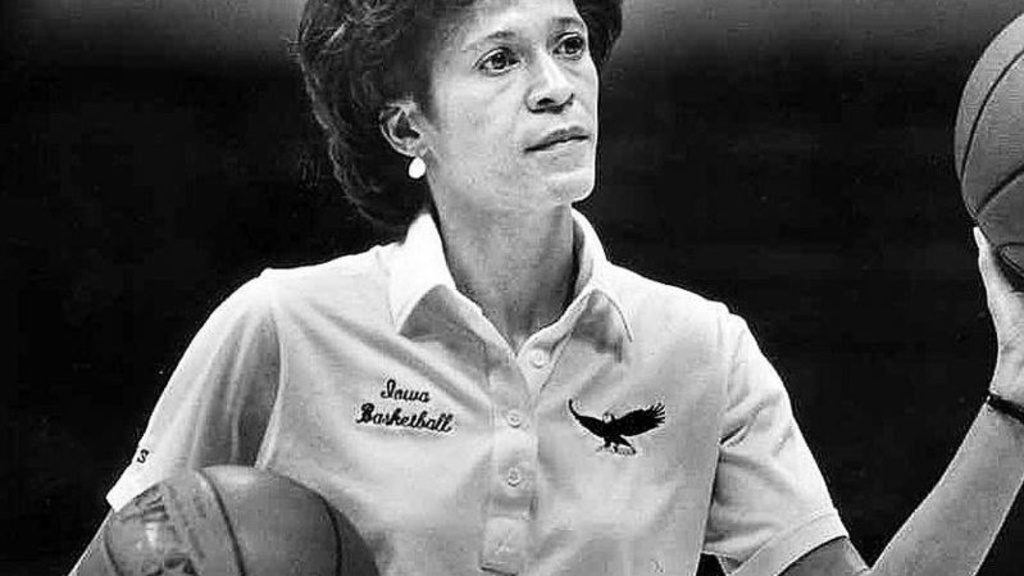
Iowa hires Stringer to lead the Hawkeye women
1983C. Vivian Stringer becomes the first African American to coach a Big Ten women’s basketball team and will lead the Hawkeyes to an unprecedented nine NCAA tournament appearances.
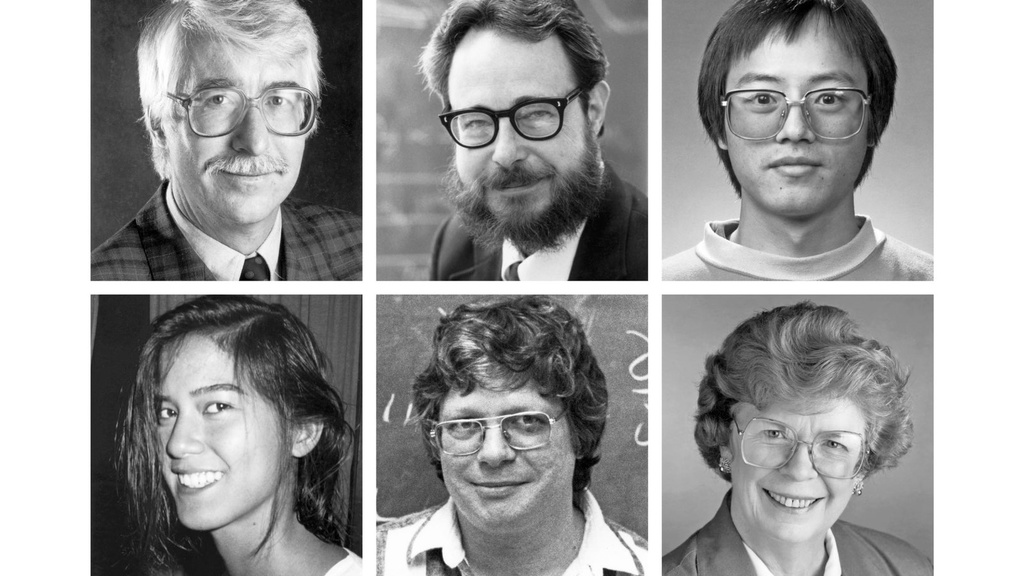
A dark day in UI history
1991Doctoral student Gang Lu shoots and kills fellow graduate student Linhua Shan, Associate Professor of Physics and Astronomy Robert Alan Smith, Professor of Physics and Astronomy Christoph K. Goertz, Professor and Chair of Physics and Astronomy Dwight R. Nicholson, and Associate Vice President for Academic Affairs T. Anne Cleary. He also wounds Miya Sioson, an honors student in Spanish and Portuguese working in the Office of Academic Affairs.
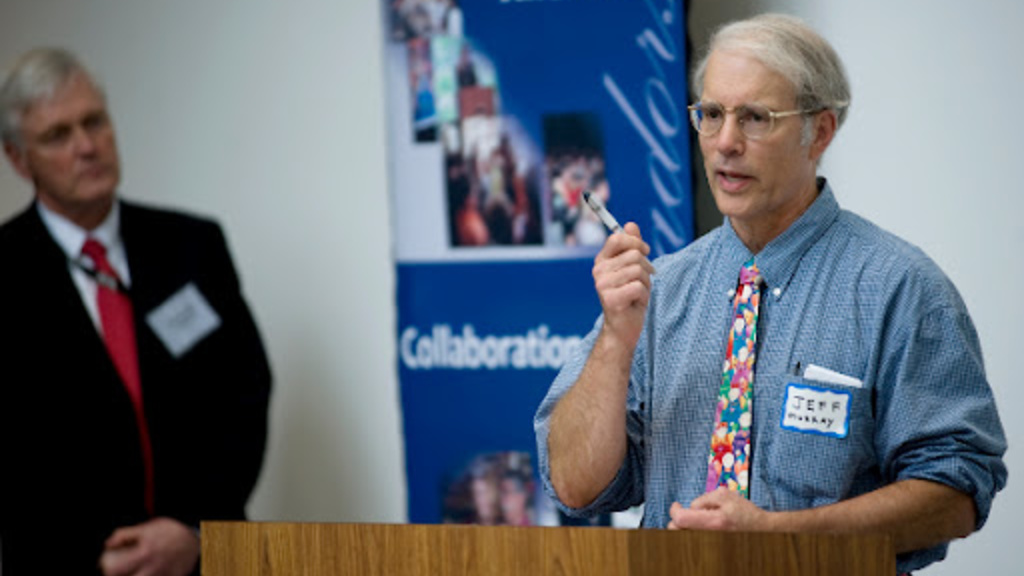
Advancing understanding of human genetics
1994Faculty member Jeffrey Murray, MD, and colleagues publish a paper in Science on the collaborative work of three large groups that resulted in a comprehensive human linkage map—achieving one of the first major goals of the Human Genome Project.
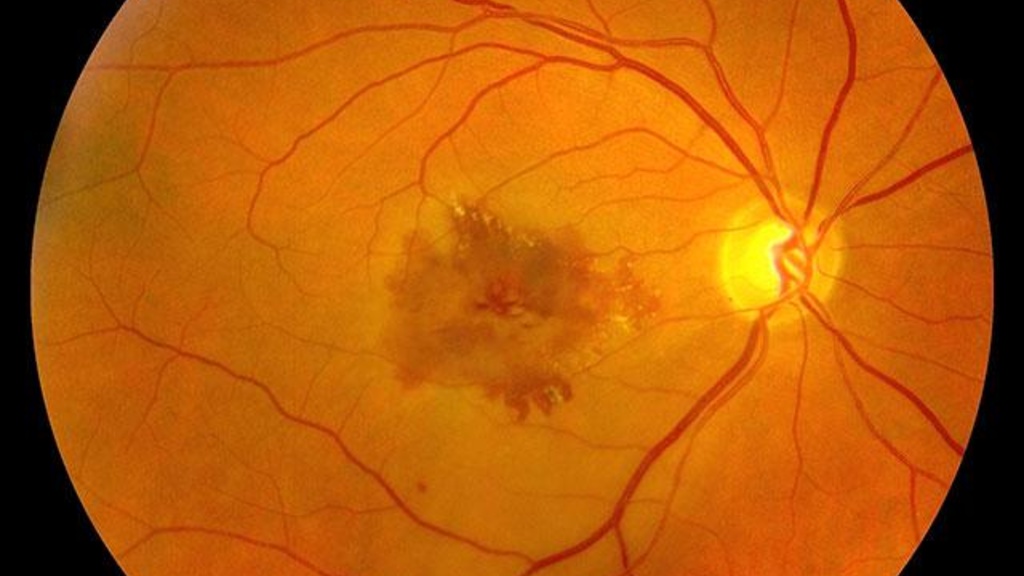
A leading role in vision research
1997The Center for Macular Degeneration is established as the first center of its kind in the U.S., later renamed the Carver Family Center for Macular Degeneration in 2006 through the generous support of the family of Roy J. Carver Sr.
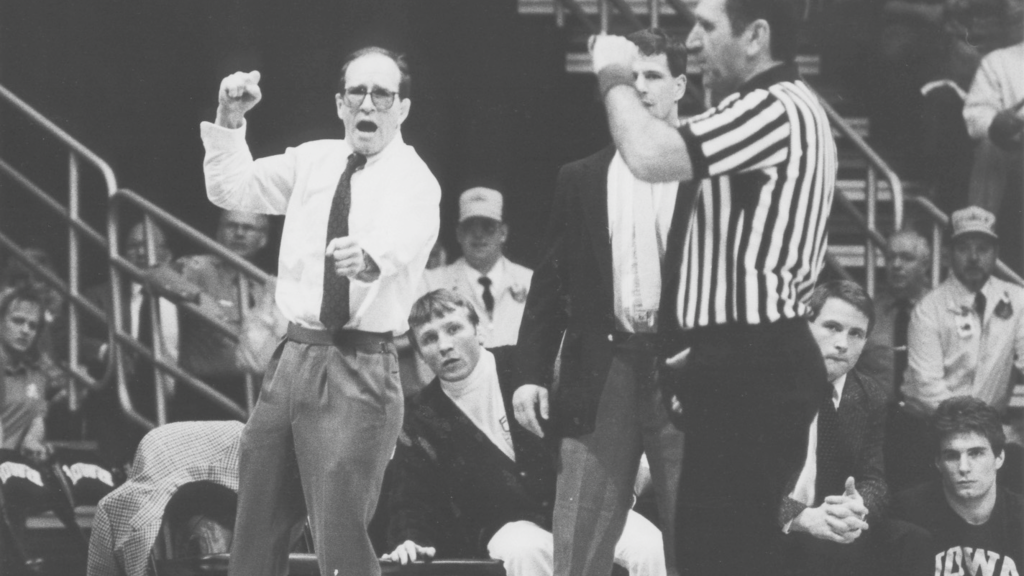
A legendary athlete, coach, and career
1997Dan Gable retires as Iowa’s wrestling coach after an unprecedented 15 NCAA titles, 21 consecutive Big Ten Championships, and a 355-21-5 dual meet record, firmly establishing the University of Iowa nationally as an elite wrestling program.
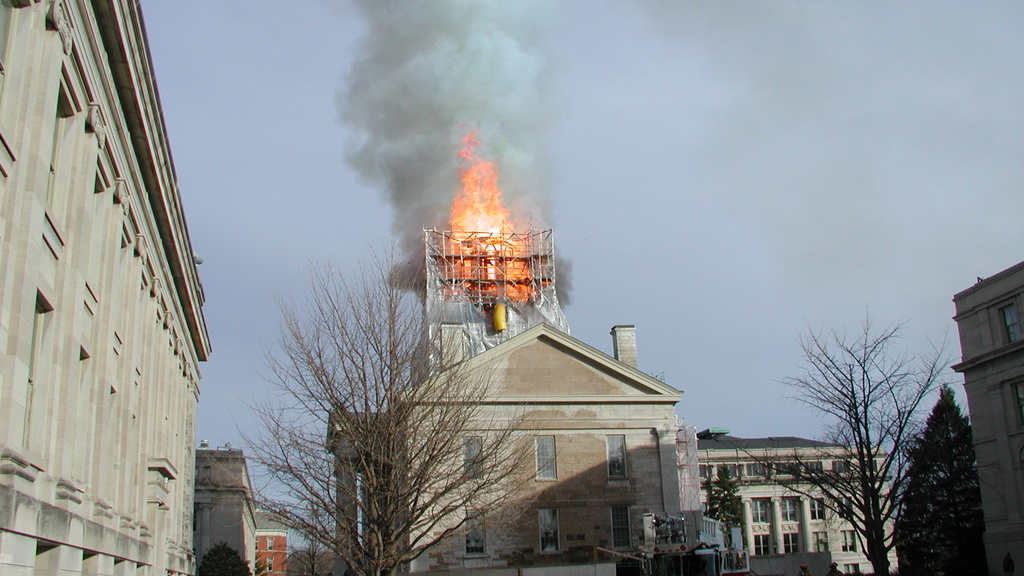
Old Capitol catches fire
2001An accidental fire in the cupola of the Old Capitol destroys the cupola, dome, and bell, causing smoke and water damage throughout the building. The Old Capitol will undergo four and a half years of repairs and renovations before reopening to the public.

The flood of 2008
2008A historic 500-year flood overwhelms much of campus along the Iowa River, forcing the evacuation of many facilities and resulting in damage in excess of $750 million. The event impacts more than 22 buildings and leads to the eventual replacement of Hancher Auditorium, the Voxman Music Building, the Museum of Art, and the studio arts facilities.
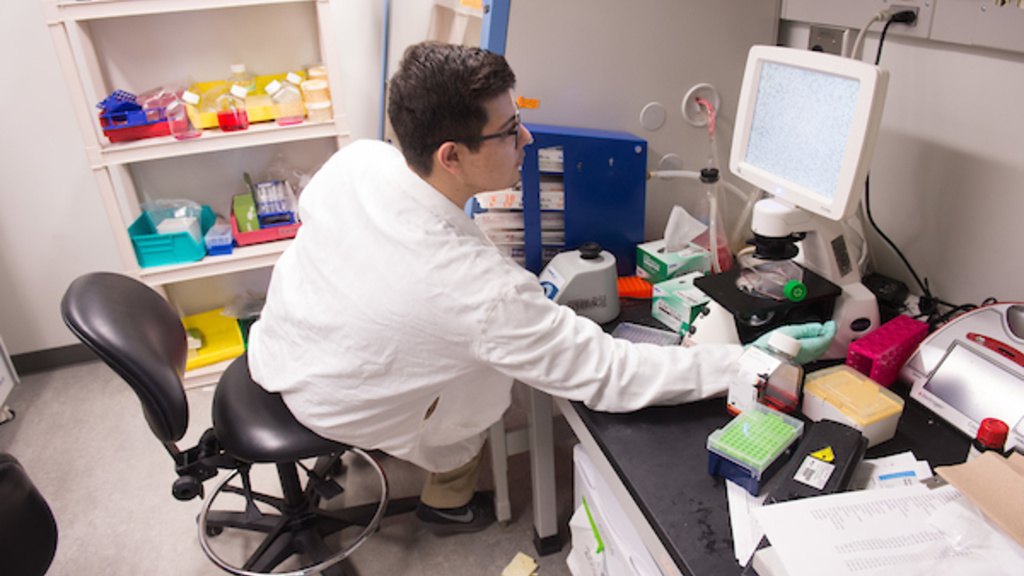
A commitment to fighting diabetes
2008University of Iowa and Carver College of Medicine leaders announce a $25 million gift commitment from the Fraternal Order of Eagles—a nonprofit philanthropic organization with nearly 1 million members worldwide—to fund a new center dedicated to diabetes research at Iowa.

Iowa City, City of Literature
2009Iowa City is designated by the United Nations Educational, Scientific and Cultural Organization as the world’s third and North America’s first City of Literature, joining Edinburgh and Melbourne.
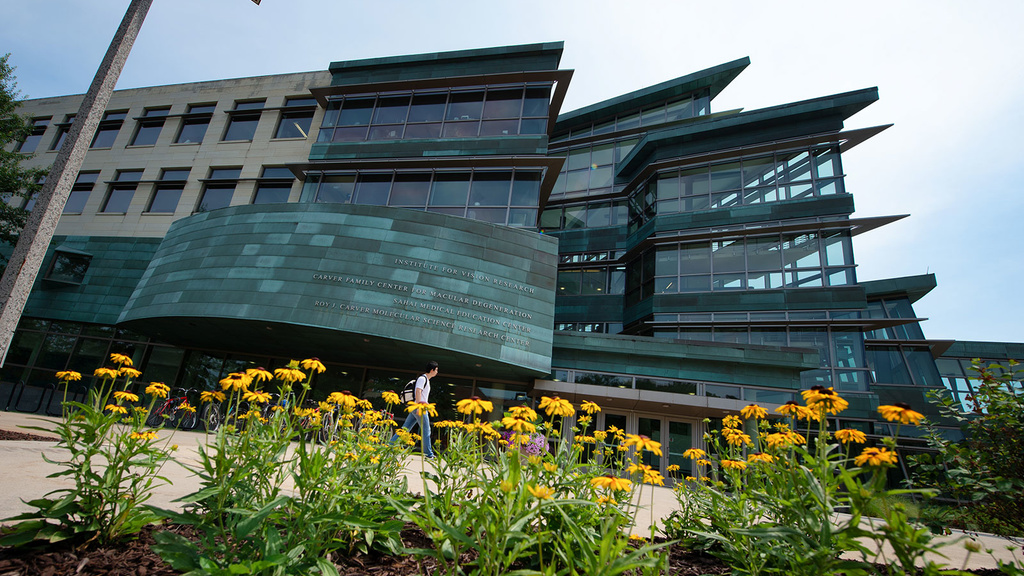
UI steps up fight against blinding eye disease
2010The Institute for Vision Research is established at the University of Iowa, committed to preventing and curing blinding eye diseases. The institute is a collaborative interdisciplinary effort based in the Department of Ophthalmology and Visual Sciences but spanning four UI colleges and eight academic departments.

UI Health Care establishes LGBTQ Clinic
2012The LGBTQ Clinic—led by Katie Imborek, MD, clinical associate professor of family medicine, and Nicole Nisly, MD, clinical professor of internal medicine—is Iowa’s first clinic established to specifically serve the health care needs of the LGBTQ community.
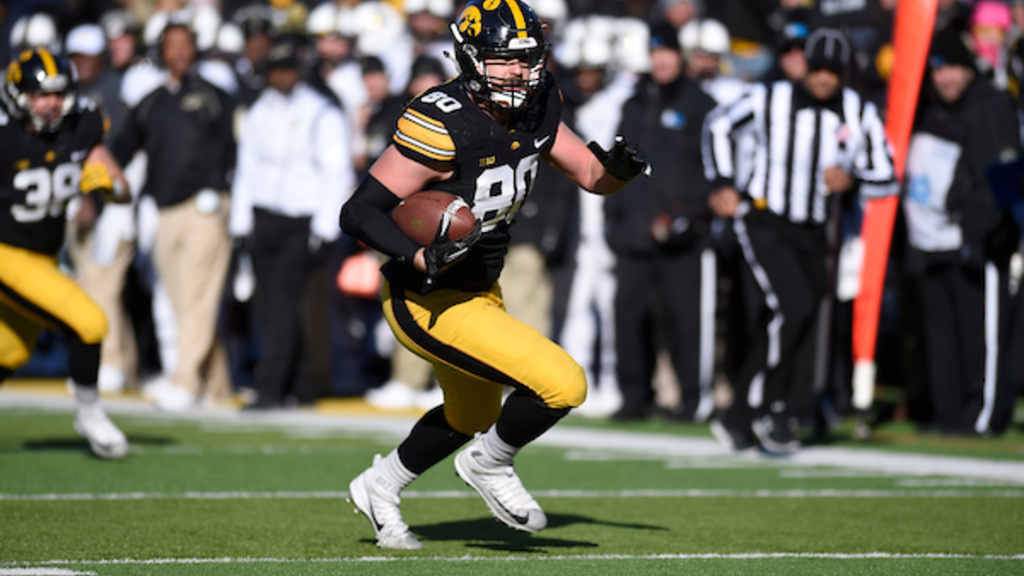
Hawkeyes return to the Rose Bowl
2015The Iowa Hawkeyes conclude their first 12-win season, including an undefeated regular season, resulting in Iowa’s first Rose Bowl appearance in 34 years.

Iowa's new arts facilities unsurpassed
2016The opening of the new arts facilities—including the Voxman Music Building, Hancher Auditorium, and the Visual Arts Building—are a major milestone in the recovery from the 2008 flood and significantly enhance Iowa’s academic and creative missions.
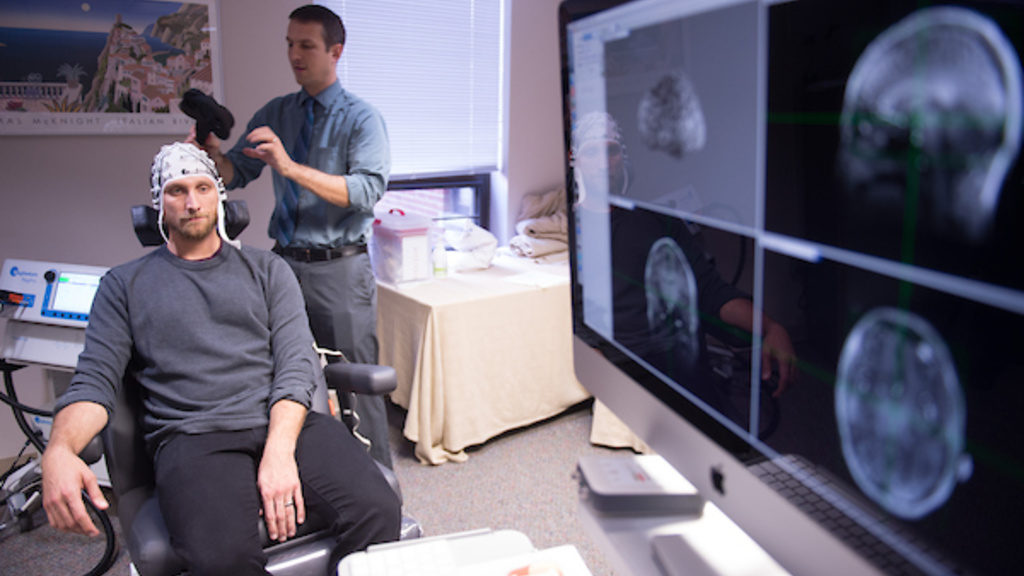
Transformative gift establishes neuroscience institute
2016A transformational $45 million grant from the Roy J. Carver Charitable Trust establishes the Iowa Neuroscience Institute at the University of Iowa as a comprehensive, cross-disciplinary center dedicated to research on diseases and conditions that affect the brain and nervous system.

Catlett Hall honors pioneering artist
2017Catlett Residence Hall opens, named for Iowa graduate and renowned artist Elizabeth Catlett, one of the first three MFA recipients at the University of Iowa and the first African American to earn the degree.
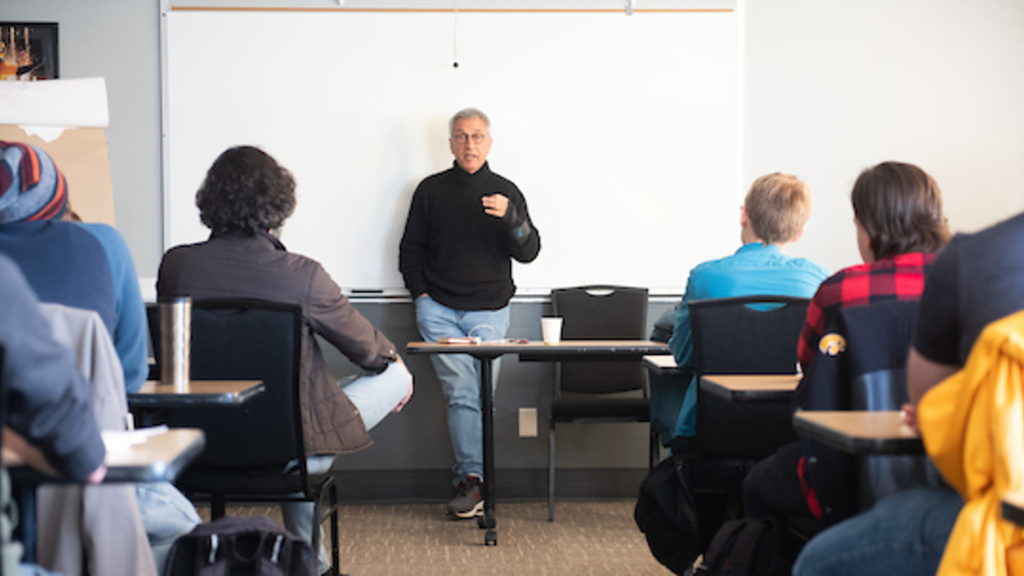
UI introduces screenwriting major
2019Building on a long history of Iowa alumni making an impact in the film and television industry, the University of Iowa introduces a new undergraduate screenwriting degree program to foster the next wave of storytellers on the big and small screens.
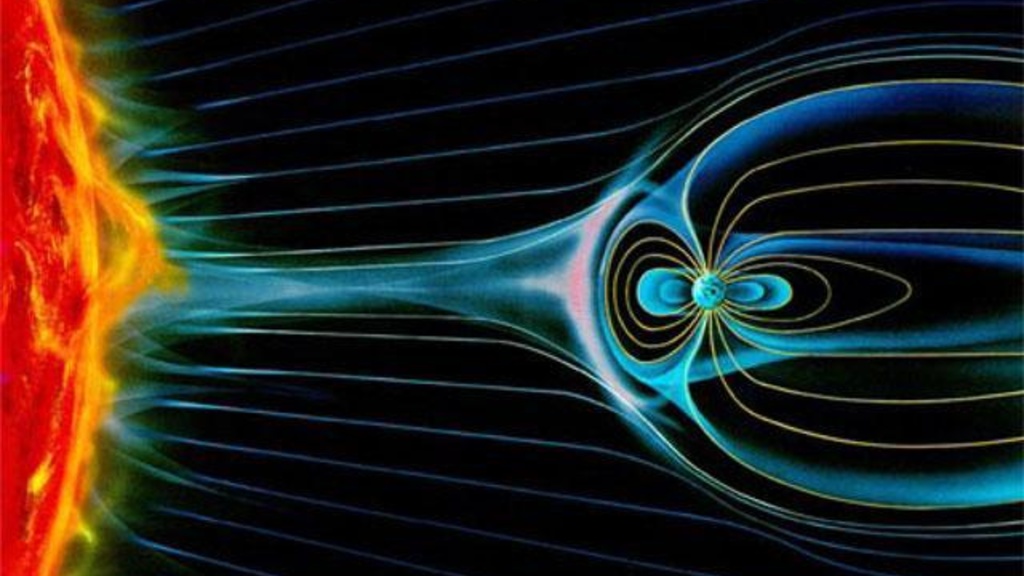
UI wins its largest-ever research award
2019A team led by University of Iowa physicist Craig Kletzing wins $115 million from NASA to study the mysterious, powerful interactions between the magnetic fields of the sun and Earth. The contract award is the single largest externally funded research project in UI history.

A global pandemic upends university life
2020In response to the global coronavirus pandemic and surging cases of the novel coronavirus (COVID-19), University of Iowa researchers scale down laboratory research activities. For students, courses move to online instruction, and nearly all in-person activities are suspended. Across the university and health care enterprise, building entrances are restricted, masks and face shields are distributed, and social distancing guidelines are implemented. University of Iowa medicine, public health, and pharmacy faculty are instrumental in responding to the threat of COVID-19—establishing clinics and screening capabilities for patients, providing virtual care to patients recovering at home, and participating in COVID-19 treatment and vaccine clinical trials.